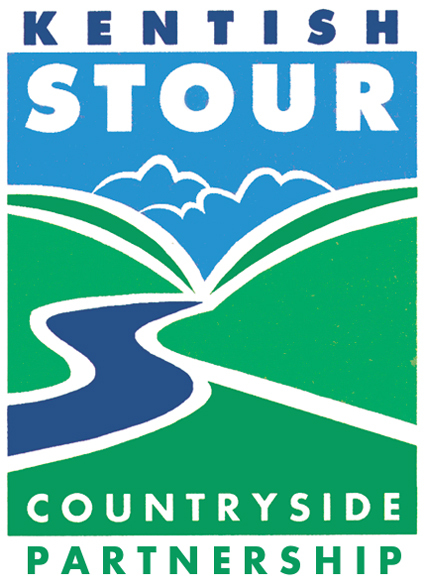Chalk streams in trouble
OUR RELATIONSHIP WITH CHALK STREAMS
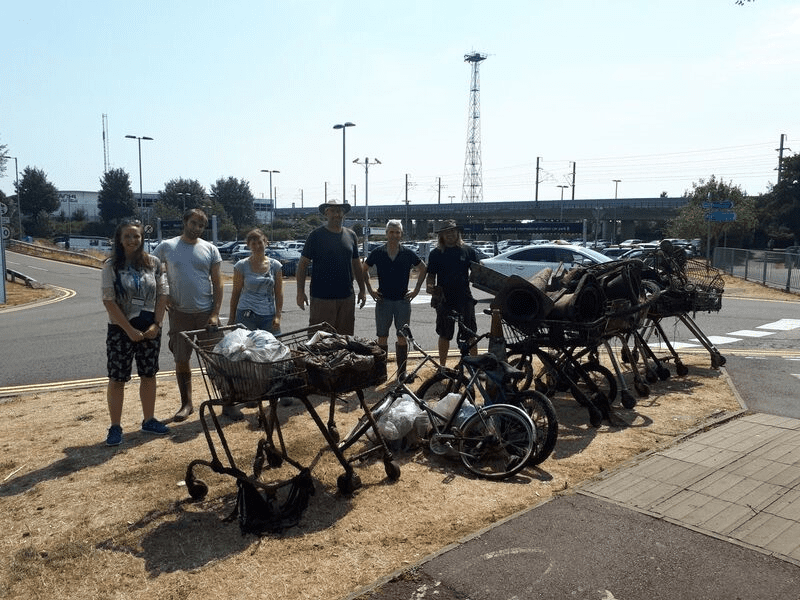
Large refuse items pulled from the Great Stour by KSCP volunteers
Chalk Streams are globally rare habitats, sometimes compared to coral reefs and rain forests. Unfortunately, the other thing they have in common with coral reefs and rainforests is that they are under threat. In the UK, we have not looked after our chalk streams very well. Our relationship with these precious ecosystems has long been one of exploitation and abuse.
The majority of chalk streams are failing to meet standards set in the Water Framework Directive. This legislation, originally an EU Directive, is now enshrined in UK law. Its aim is to protect the UK’s water environment by assessing rivers and lakes and bringing about improvements to their quality. All rivers are given an ecological status of high, good, moderate, poor or bad.
See how the rivers of the Stour Catchment are doing – visit the Environment Agency Catchment Data Explorer.
Currently, none of the chalk streams in the Stour Catchment are achieving a status of good. But this can change. There are many ways to help rivers, including a lot of things that we can all do in our own homes. So let’s explore why our rivers failing and what the solutions to these problems are.
MAKING THE NATURAL ARTIFICIAL
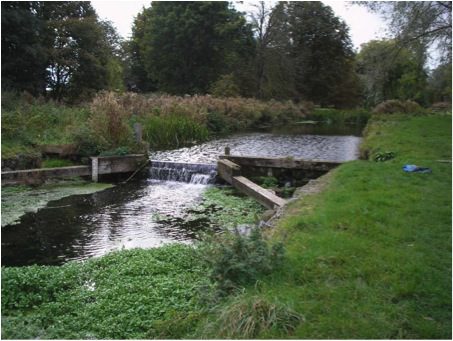
A weir built across the Little Stour at Seaton
Human modification is the biggest reason nationally why chalk streams aren’t classified as good, and is a major factor in the failure of chalk streams in the Stour Catchment (the Little Stour being an example). We have been altering rivers for centuries, straightening them, deepening them, diverting them through hard surfaced channels. We have built weirs and sluices that prevent the movement of fish and other wildlife. Very few chalk streams have escaped this – the Environment Agency estimate that three-quarters are significantly modified from their natural state.
There are many reasons for modifications. The milling industry has left behind weirs and straightened channels. Some rivers have been imprisoned in banks to try to prevent flooding. Rivers are redirected through concrete channels where they run through towns or under major roads. This re-engineering of rivers also degrades wildlife habitat and makes them more vulnerable to the low-flow and pollution issues discussed below.
Some of these modifications can be reversed, however. Structures can be removed or made more fish-friendly. Physical works can be done to make river channels more natural or trigger natural processes.
KSCP have been carrying out river restoration [link to KSCP works page] measures for many years.
WATER IN DEMAND
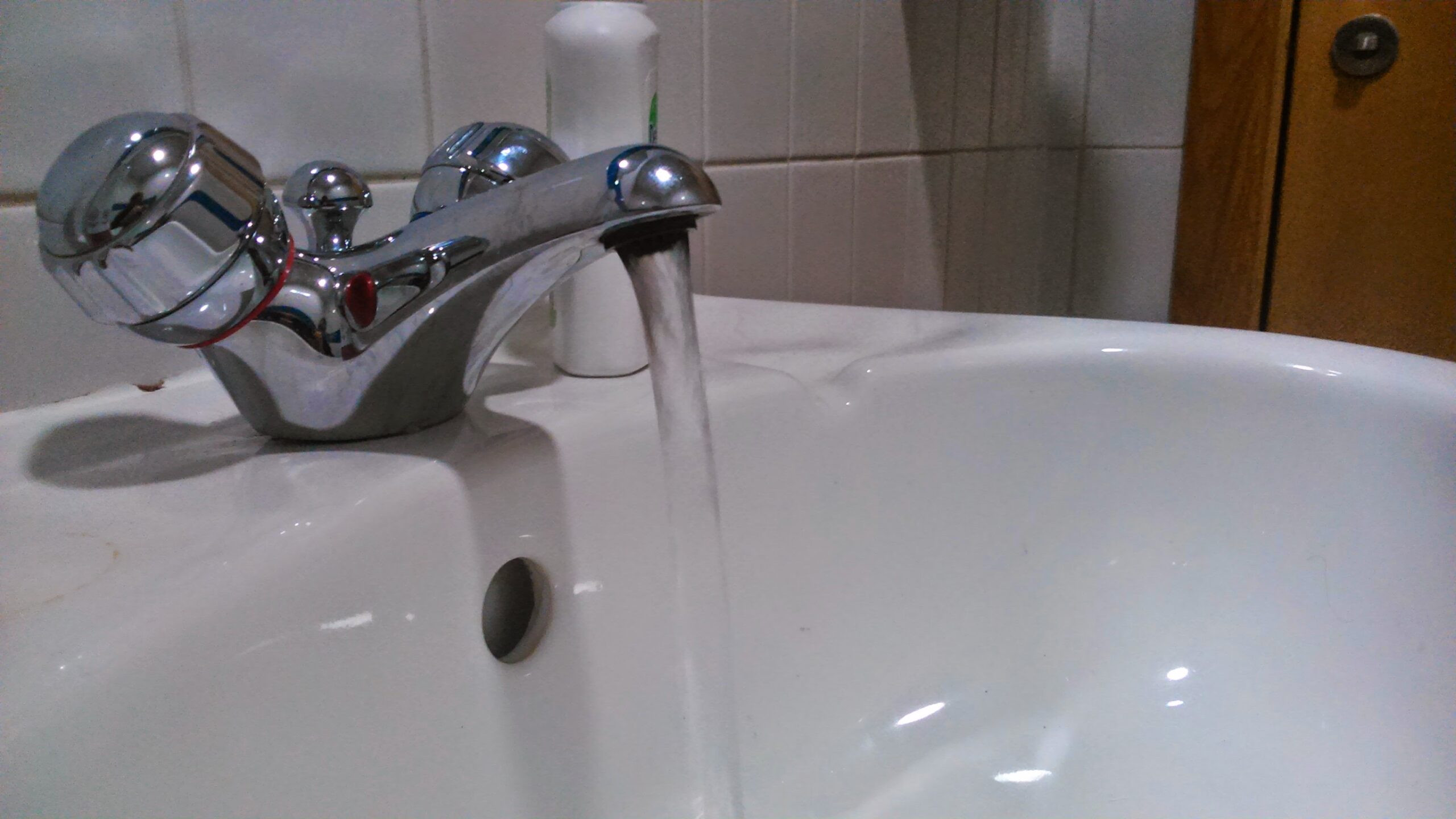
In chalk landscapes like that of East Kent, drinking water usually comes from underground stores of water known as aquifers. Boreholes are drilled into porous chalk rocks that hold water like a sponge and the water is brought to the surface then treated for human consumption. This process is called abstraction. However, this same water feeds chalk streams and supports the wildlife living in them (find out more on the chalk stream origins page).
Demand for water has grown massively in recent decades, and this is leading to some chalk streams experiencing low flows, that can cause ecological damage. Low water levels can also make some of the pollution issues discussed below worse.
Nationally, 55% of chalk streams are suffering from over-abstraction. The rapid growth of towns in many areas is putting more and more pressure on aquifers. Drought caused by climate change is also exacerbating the problem, as are leaks in supply infrastructure. The majority of water abstracted from aquifers is for domestic use, but abstraction for agriculture and industry also has a significant effect.
What you can do
The good news is that because domestic usage makes up a large proportion of water consumption, there are very simple water saving measures that all of us can take to help this problem.
The Waterwise website has a wealth of information and tips on how to save water, which will also save you money.
WHAT ARE WE PUTTING INTO OUR RIVERS?
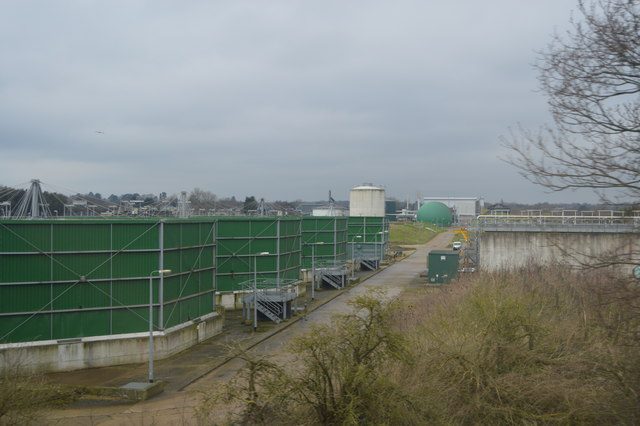
Waste water treatment works at Ashford
It probably won’t come as a surprise to anyone that pollution is a problem in rivers, including chalk streams. There are a number of sources, including sewage works, agriculture and run-off from urban areas and roads. Some of this pollution is in the form of substances that one would expect to be harmful – for example compounds of mercury, or plastic pollution, which is also a problem in rivers, as well as in the oceans. But pollution also takes less obvious forms.
Silt is essentially small particles of soil and in itself is completely harmless. But when excessive silt washes off agricultural fields and into watercourses, it can be a problem in chalk streams, where it smothers gravelly river beds where fish spawn.
Another example is phosphates. They are present in all environments and are nutrients essential to life. But chalk streams are finely balanced ecosystems, and too much phosphate can cause a problem called eutrophication. It leads to increases in algae, which in turn use up dissolved oxygen in the water, causing a deterioration in water quality and even fish deaths. This is a problem in the Wingham River.
But where is the excess phosphate coming from? In the case of the Wingham River (and other chalk streams in the catchment) there are two main sources.
The first is agriculture where it is used as a fertiliser which can get into watercourses if the land is not managed properly.
The second is sewage. Phosphate gets into sewage in a number of ways – it is in food and also in many cleaning products and detergents. Even after the sewage has been treated, it still contains phosphates. In some sewage treatment works (for example at Eastry) phosphate ‘stripping’ is reducing levels, but this is not happening everywhere.
To add to the problem, where household plumbing is misconnected, wastewater containing phosphates is going into the wrong sewer system, and directly into rivers.
What you can do
By buying phosphate-free cleaning products you will prevent some phosphate getting into sewage in the first place. Download a leaflet produced by ‘Action for the River Kennet’ to find out more.
Download phosphate leaflet (PDF)
If you live in a house built after 1920, check your plumbing to make sure your wastewater is going into the right sewer.
Tackle plastics in rivers by volunteering to help with a river clean task as part of the Our Stour project.
We have produced a poster about how you can help chalk streams. It is free to download.
Download how can you help our chalk rivers poster (PDF)
